Though Chusclan might have a local reputation for producing quality Côte du
Rhône A.O.C. wines, it is by no means as internationally renown as
Châteauneuf du Pape. This small wine-obsessed village is located just a few miles outside of
Avignon, home to the Popes through much of the 13th century. During their reign, wine
production benefited from their Papal influence. The latest techniques were applied and the vine stock greatly improved. The modern success of Châteauneuf de Pape is still linked to Avignon and the reputation that is spread by the numerous international visitors that visit the famous walled city.

Our trip to Châteauneuf du Pape was less based on touristic interests than our own appetite for good wine. We had asked some friends to check out our local wine super-store in Chicago to see if any of the local cooperatives were represented. Only one variety was widely available: the rouge of Châteauneuf du Pape. Though white and rosé wines are also produced, the region northeast of Avignon is most well-known for its deeply colored red wine.
Upon arriving in the small village, we proceeded to the office of tourism for some help in finding wine
tasting venues. A light-up board provided our answer: go in any direction. The city is littered with mini-caves (pronounced in a Mayor Quimby way, as in cod) for tastings. We set a rule to avoid those with neon signs and flashing lights.
Our first stop was already being patronized by two east-coast Americans. They intimated that their wine selection was worth the hype. We tried a few rouge samples and settled on an aged bottle that agreed with our palate. The price was 27€, previously unheard-of in our wine tasting adventures. The best quality wine in Chusclan is less than half the price. Nevertheless, we were committed.

We continued up in the direction of the castle ruins at the top of the hill. On the way, we passed an unassuming cave in a cave-like cellar:
Cave due Veger. Walking through the dimly lit passages, we encountered a large group of North Americans, well into a multi-flight tasting. We were encouraged to join in. The
French wine-master began a quick recap of the tasting, beginning with some light
white wines. He implored us to use our imaginations to pick out the various scents and flavors in the selections. In one case, he told the story of a child describing the smell of one wine as honey-nut Cheerios. The kid was exactly right.

We were scolded repeatedly for taking wimpy whiffs and holding the glass improperly. Never touch the bulb, it warms the wine and leaves ugly smudges during a meal.
To approximate the aged taste of the wine, he explained how to slurp the wine - like whistling backwards. Be careful, though, too much gusto and you'll look decidedly uncool coughing up your sample. Done right, we learned to feel the taste from the front of our mouth to the back of our jaw. Fruits up front, tobacco-like sensations in the back. A good classic French wine, we were told, should taste like the leather from an old set of worn farm boots deep in your palate. Fruity wines are for women.
All the while, the others in our tasting company peppered our host with food pairing questions. A gentleman from Atlanta wanted to know what would go best with grilled dates wrapped in goat cheese. Not to be outdone, the women from
Ontario suggested some traditional Canadian fare. As casual observers this played out hilariously as we could read the wine experts impatience with such neophytes. Suspecting that the group on a privately run excursion would pay handsomely for his wares, he played along.
The final test came when we were presented with a fruity desert wine - like an ice wine, but not produced according to those rules. We were challenged to come up with six different fruits and and one flower. Mary Ann and I successfully guessed none of them, though our generic guess of citrus did in fact describe the most prominent taste of a ruby-red grapefruit. Who cares what was in the wine, it tasted good. We left with another $30 bottle of wine from Châteauneuf du Papes.
![Reblog this post [with Zemanta]](http://img.zemanta.com/reblog_e.png?x-id=398e061d-10ad-42db-8381-d61efe37e932)
![Reblog this post [with Zemanta]](http://img.zemanta.com/reblog_e.png?x-id=61cc8e3b-f9f3-4435-88ec-be84ee94c0fd)
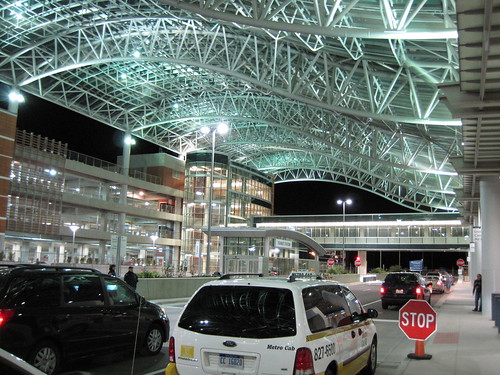
![Reblog this post [with Zemanta]](http://img.zemanta.com/reblog_e.png?x-id=dd409f00-64af-41f9-8bc5-70d976ae7a10)

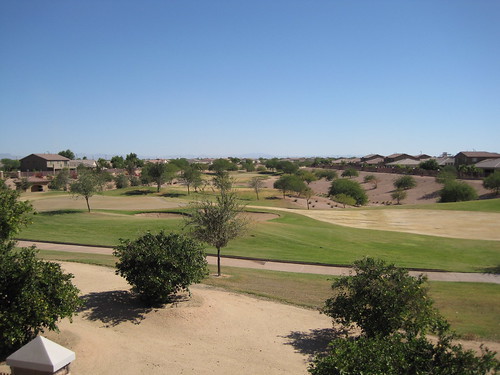
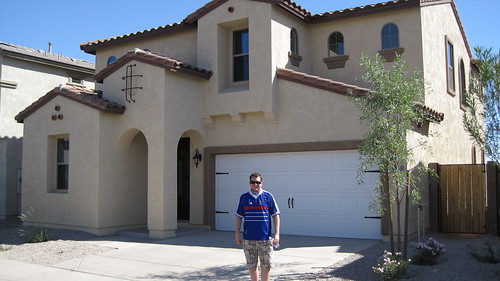
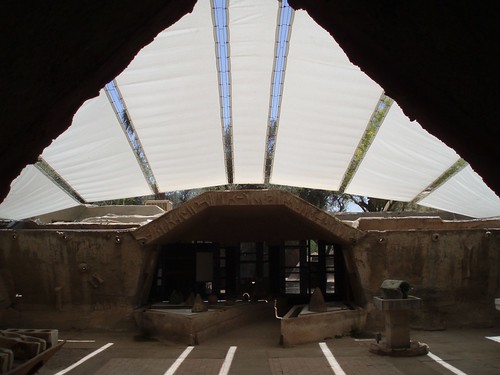
![Reblog this post [with Zemanta]](http://img.zemanta.com/reblog_e.png?x-id=d2a162c8-5851-4d89-bb51-648bca0c342d)


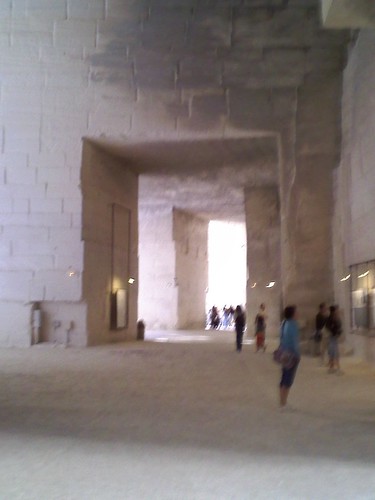

![Reblog this post [with Zemanta]](http://img.zemanta.com/reblog_e.png?x-id=515c393d-d132-4439-adf9-f924900df1e3)
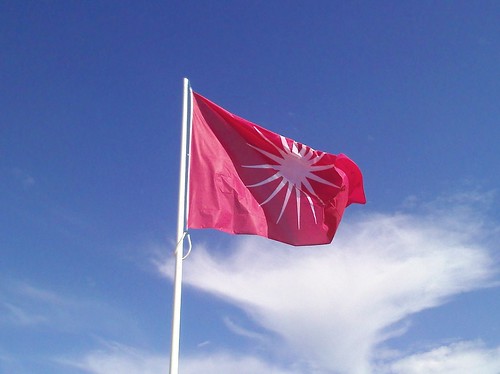
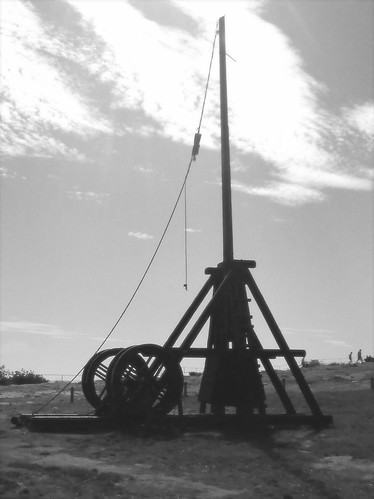

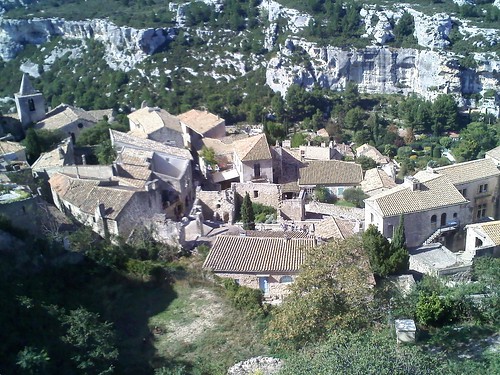
![Reblog this post [with Zemanta]](http://img.zemanta.com/reblog_e.png?x-id=7d7c6226-b4f1-4526-9d0b-de0d1114e658)
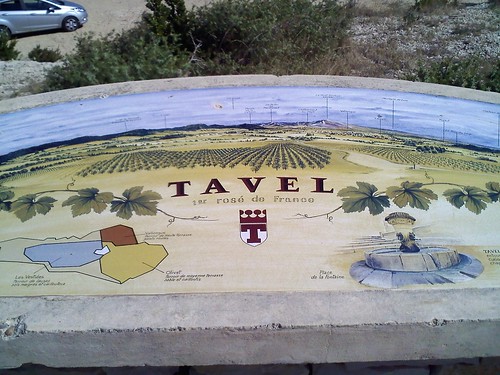
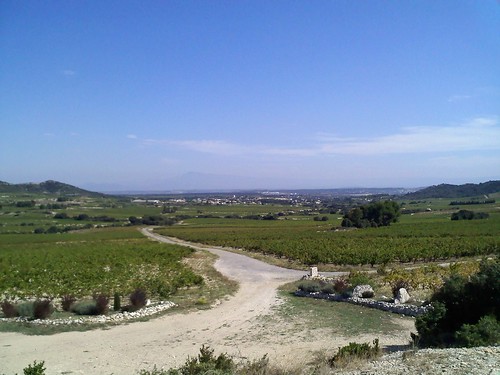
![Reblog this post [with Zemanta]](http://img.zemanta.com/reblog_e.png?x-id=1cfc5446-dcb3-419f-aa2d-509bd2b6c546)



![Reblog this post [with Zemanta]](http://img.zemanta.com/reblog_e.png?x-id=c079d7c3-a437-4e80-9669-cf714ace4b9d)


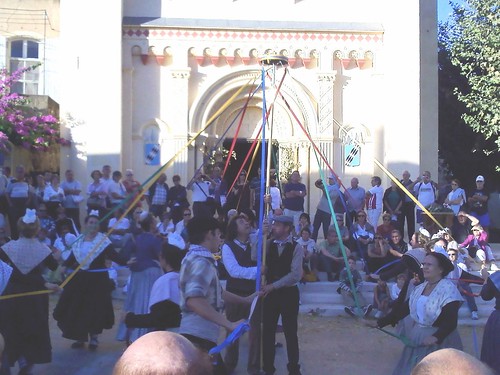
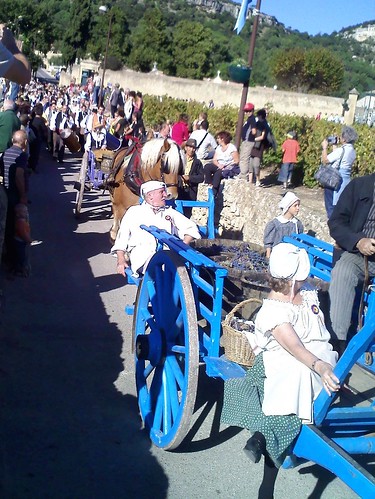
![Reblog this post [with Zemanta]](http://img.zemanta.com/reblog_e.png?x-id=79f0afc0-2f22-4bba-8180-153fb2891f61)
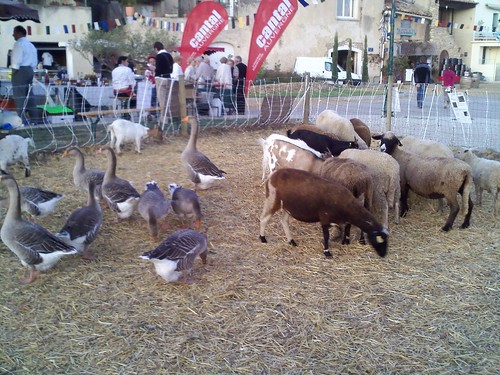
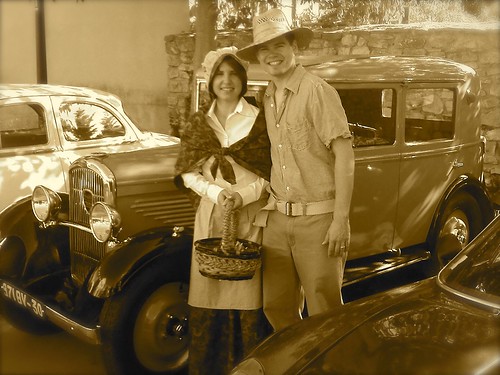
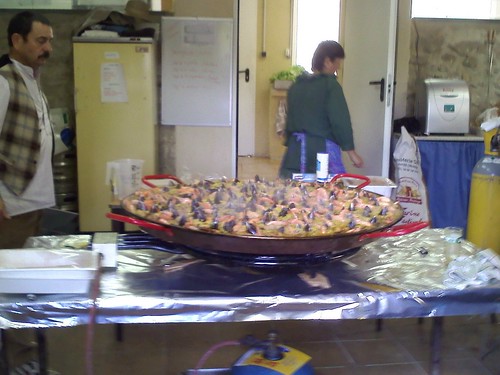

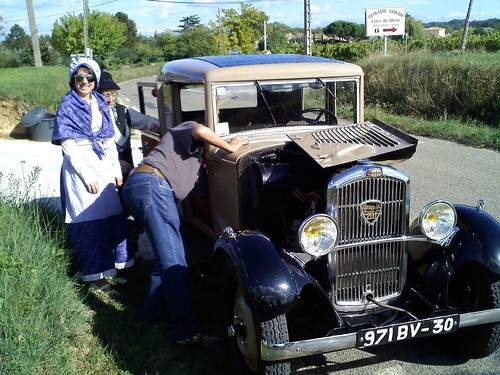
![Reblog this post [with Zemanta]](http://img.zemanta.com/reblog_e.png?x-id=1b4b5204-7e66-4abe-bd5c-81378343f630)
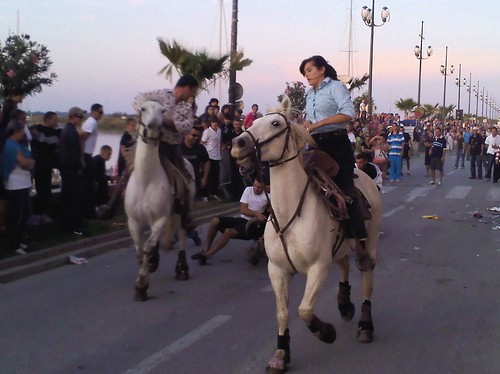

![Reblog this post [with Zemanta]](http://img.zemanta.com/reblog_e.png?x-id=a862e36b-b73e-4508-8d36-059a82686f91)
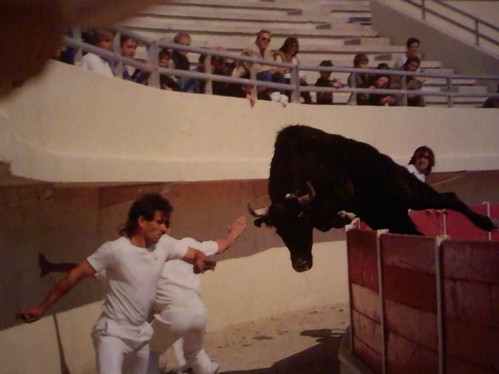
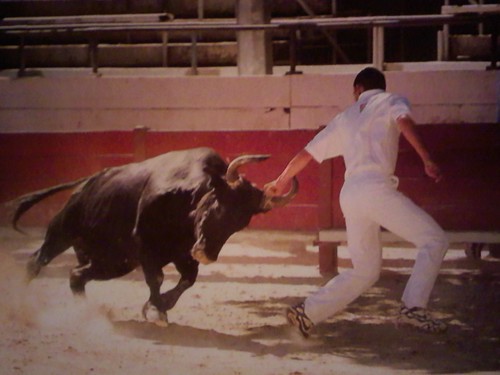
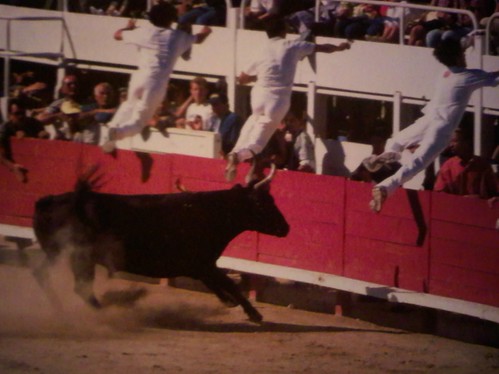
![Reblog this post [with Zemanta]](http://img.zemanta.com/reblog_e.png?x-id=050c2817-7542-4446-b189-243d268a8352)



![Reblog this post [with Zemanta]](http://img.zemanta.com/reblog_e.png?x-id=b9a78167-b906-4578-9dd8-af2583d81dd1)

![Reblog this post [with Zemanta]](http://img.zemanta.com/reblog_e.png?x-id=845b32bd-a6cc-473f-ba5d-8946cbd8f372)
